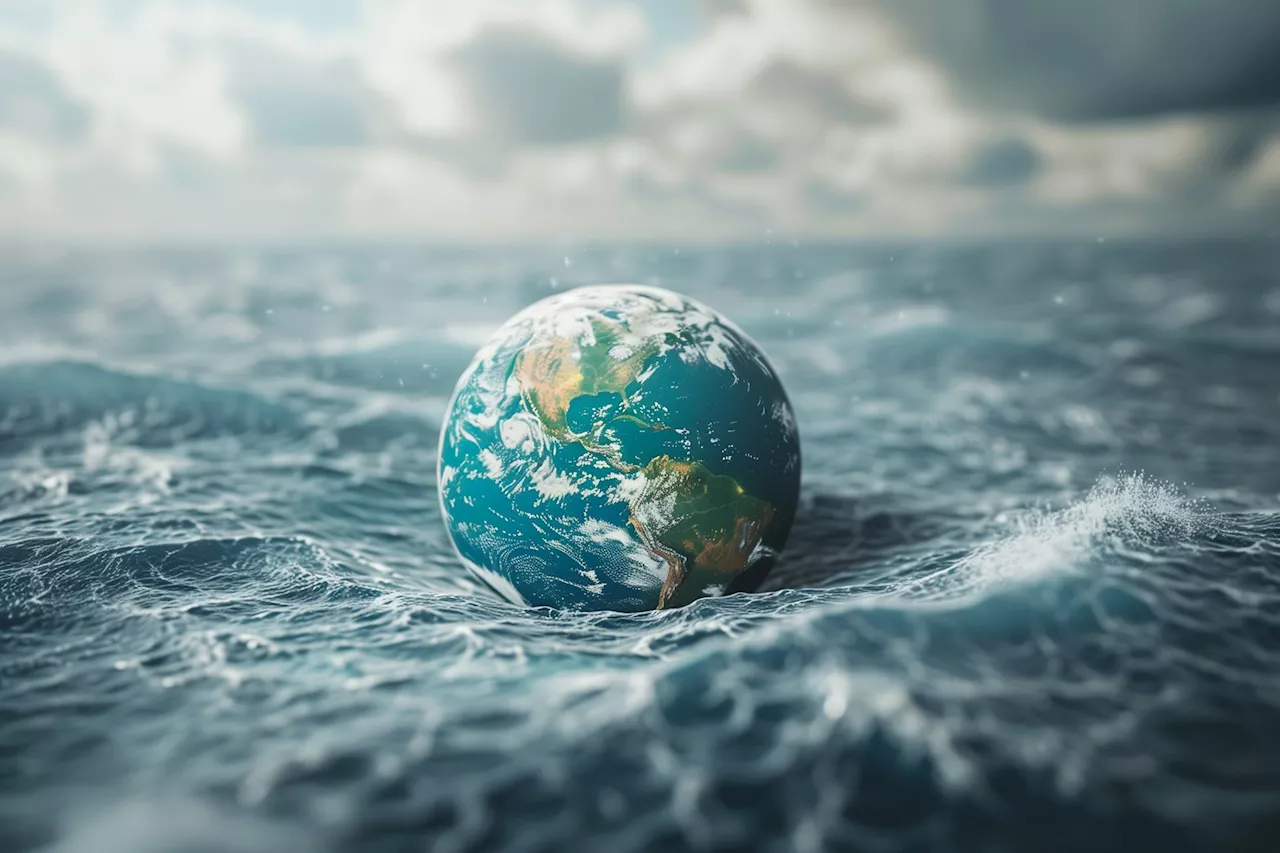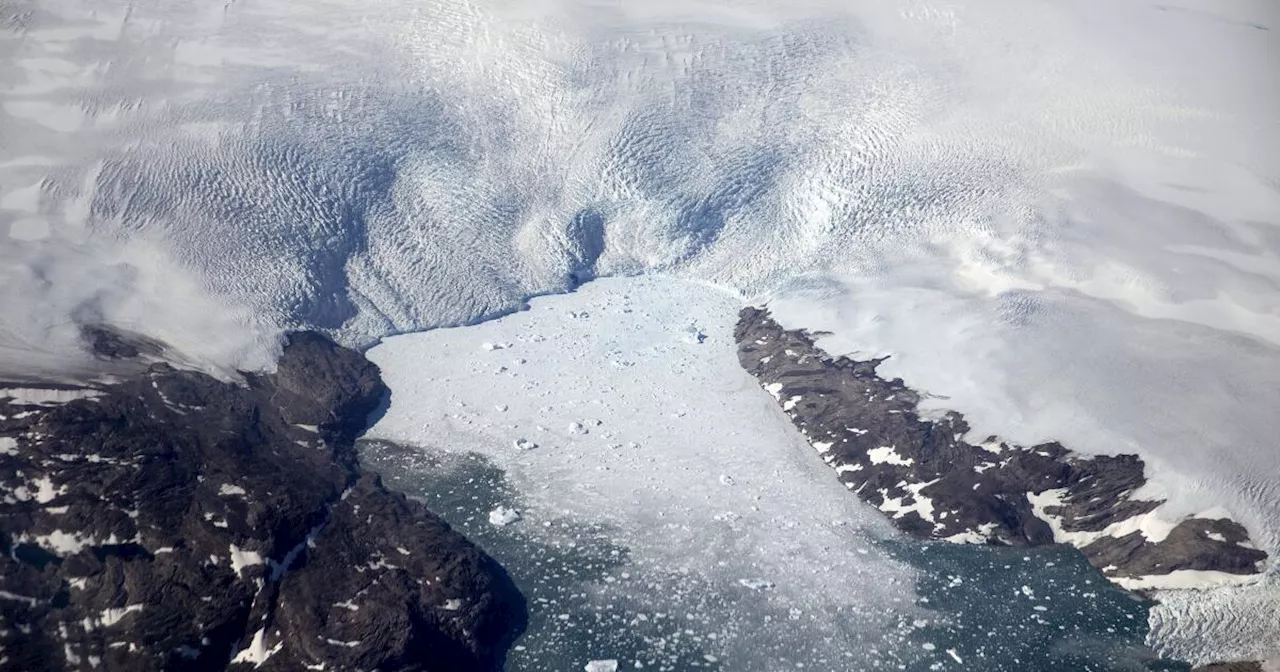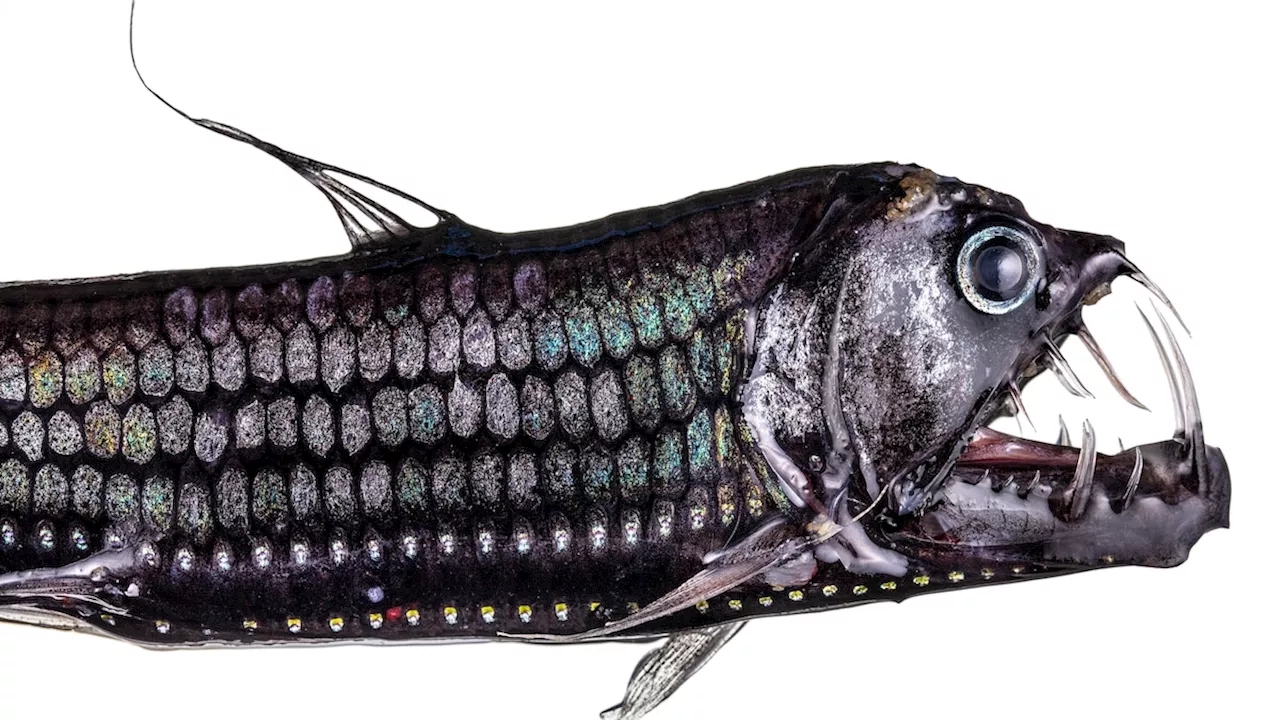The species help harness carbon dioxide, a greenhouse gas, deep in the ocean, but much is still unknown about this region and its fascinating inhabitants.
The terrifyingly toothy Pacific viperfish, about 12 inches long, rises toward the surface at night to hunt. They trap prey in a cage of needle-like teeth.On the rolling deck of a 56-foot-long research vessel in California’s Monterey Bay, Karen Osborn peers into a cooler filled with sloshing seawater and a galaxy of twitching life-forms. Moments earlier, this living constellation emerged from a net that had been slowly towed around 1,500 feet down, through an inky realm of near-total darkness.
In the lab, using dessert spoons with the handles bent, Osborn and the other scientists delicately scoop up individual amphipods and place them in jars covered by aluminum foil. When their eyes are once again adapted to the dark, the animals will be sent to other parts of the laboratory to test various aspects of their vision. Some get passed to Jake Manger, a Ph.D.
People first noticed the massive scale of the ocean’s daily vertical migration in the mid-20th century, when U.S. Navy sonar seemed to show the seabed rising toward the surface at night. The deep scattering layer, as it came to be known, is in fact created by sound waves bouncing off the gas-filled swim bladders of twilight zone fish and the bodies of other migrating animals, such as the relatives of jellyfish called siphonophores.jelly has a dazzling tactic for evading predators.
To decipher more precisely how much carbon is shuttled around, Benoit-Bird and colleagues are using echo sounders to uncover the migration’s finer details. For two years, one such device a half mile down in Monterey Bay has been sending a sound pulse upward every two and a half seconds. Underwater transducers detect the patterns of echoes bouncing back, which are converted into charts, called echograms, that give a vertical view of where things are in the water column.
United States Latest News, United States Headlines
Similar News:You can also read news stories similar to this one that we have collected from other news sources.
 Vital Ocean Current May Be Approaching Ruinous Tipping PointResearchers say that a major current in the Atlantic may be on its way to collapsing, raising fears of a massive climate shift and a new Ice Age in Europe.
Vital Ocean Current May Be Approaching Ruinous Tipping PointResearchers say that a major current in the Atlantic may be on its way to collapsing, raising fears of a massive climate shift and a new Ice Age in Europe.
Read more »
 Ice shell thickness reveals water temperature on ocean worldsAstrobiologists have devised a novel way to determine ocean temperatures of distant worlds based on the thickness of their ice shells, effectively conducting oceanography from space.
Ice shell thickness reveals water temperature on ocean worldsAstrobiologists have devised a novel way to determine ocean temperatures of distant worlds based on the thickness of their ice shells, effectively conducting oceanography from space.
Read more »
 Singapore to have world’s largest ocean-based carbon dioxide removal plantEquatic-1, a $20 million ocean-based carbon removal plant in Singapore, will remove carbon generated by 850 people annually.
Singapore to have world’s largest ocean-based carbon dioxide removal plantEquatic-1, a $20 million ocean-based carbon removal plant in Singapore, will remove carbon generated by 850 people annually.
Read more »
 Ocean’s SOS: The Looming Threat of Deoxygenation on Marine LifeScience, Space and Technology News 2024
Ocean’s SOS: The Looming Threat of Deoxygenation on Marine LifeScience, Space and Technology News 2024
Read more »
 Scientists warn that a crucial ocean current could collapse, altering global weatherNew research warns of a possible collapse in Atlantic Ocean currents due to climate change. That could fundamentally alter global weather patterns.
Scientists warn that a crucial ocean current could collapse, altering global weatherNew research warns of a possible collapse in Atlantic Ocean currents due to climate change. That could fundamentally alter global weather patterns.
Read more »
 Building bionic jellyfish for ocean explorationResearchers show how biohybrid robots based on jellyfish could be used to gather climate science data from deep in the Earth's oceans.
Building bionic jellyfish for ocean explorationResearchers show how biohybrid robots based on jellyfish could be used to gather climate science data from deep in the Earth's oceans.
Read more »
